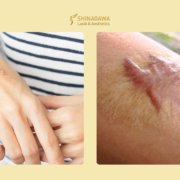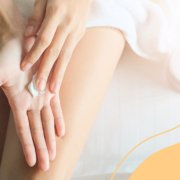Treat Dark Circles By Eating These Fruits And Vegetables
The skin around the eyes is the thinnest part of our body. A lot of factors like lack of sleep, an imbalanced diet, and even consumption of alcohol can lead to dark circles around the eyes.
From eating Vitamin-rich foods to moisturizing regularly, there are a lot of ways you can try to treat dark circles. However, you can still go all-natural and focus more on consuming food that is rich in vitamins.
From leafy vegetables to nuts, here’s what you need to eat if you want to get rid of dark circles:
Tomato
The fruit is rich in antioxidants and Vitamin C, which help to keep the skin healthy. It also helps in protecting the delicate skin under the eyes, by boosting blood circulation. Vitamin C also helps to rejuvenate the skin and protect it from free radicals. Look for foods like oranges, papaya, and broccoli that are loaded with Vitamin C.
Cucumber
You may have already tried placing the cool cucumber slices on your eyes to fix the stubborn circles. However, consuming cucumber is also beneficial to treat them. It helps to boost collagen production, which helps to increase the elasticity of the skin and fights the uneven skin tone.
Food rich in Vitamin E
The magic nutrient you need for your eyes is Vitamin E. It helps to fight enzymes, which break the skin’s elasticity. Include sesame, hazelnuts, almonds, and sunflower seeds in your diet to get the most of this vitamin.
Green vegetables
Vegetables like broccoli, spinach, sage, and thyme are rich in Vitamin K. This vitamin improves the skin texture by boosting blood circulation. Damaged skin is a sign of poor blood circulation which leads to uneven skin tone and dark circles.
For professional treatment of your dark circles, consult our expert dermatologists.
Call our Patient Care Lines: (+632) 7-368 5238 l (+63) 917 862 7454 l (+63) 921 217 0517 for inquiries, questions, and appointments or talk to our consultants via LiveChat here on our website.






